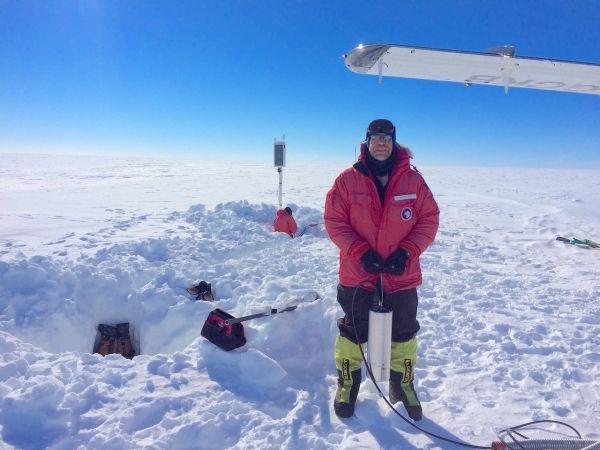Winds blowing across snow dunes on Antarctica’s Ross Ice Shelf cause the massive ice slab’s surface to vibrate, producing a near-constant set of seismic “tones” scientists could potentially use to monitor changes in the ice shelf from afar, according to new research.
The Ross Ice Shelf is Antarctica’s largest ice shelf, a Texas-sized plate of glacial ice fed from the icy continent’s interior that floats atop the Southern Ocean. The ice shelf buttresses adjacent ice sheets on Antarctica’s mainland, impeding ice flow from land into water, like a cork in a bottle.
When ice shelves collapse, ice can flow faster from land into the sea, which can raise sea levels. Ice shelves all over Antarctica have been thinning, and in some cases breaking up or retreating, due to rising ocean and air temperatures. Prior observations have shown that Antarctic ice shelves can collapse suddenly and without obvious warning signs, which happened when the Larsen B ice shelf on the Antarctic Peninsula abruptly collapsed in 2002.
Read more at American Geophysical Union
Image: Study co-author Rick Aster during a station installation trip on the Ross Ice Shelf, holding a broadband seismometer. These sensitive sensors were buried at depths of two meters (6 feet) to record micro-scale seismic motions of the ice shelf in three dimensions over the course of two years. CREDIT: Rick Aster.


